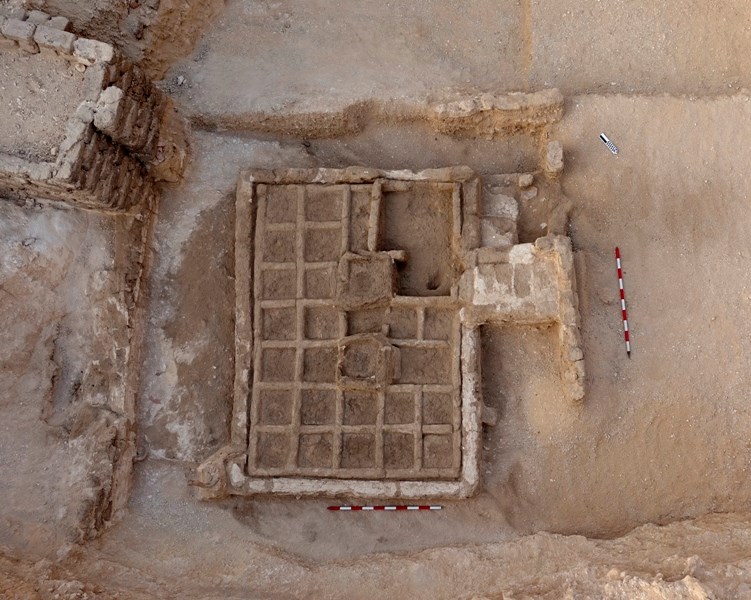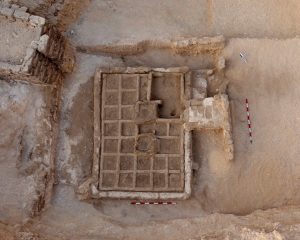A funerary garden dating back nearly 4,000 years has been unearthed in Luxor, on the west bank of the Nile river. It would have been part of the ancient Egyptian city of Thebes would have stood, and may shed light on the funerary rites of its inhabitants. The credit for this discovery goes to the Spanish archaeological mission working at the Draa Abul Naga Necropolis. Led by Dr Jose Galan, from the Spanish National Research Council in Madrid, the team has been working at the site for the past sixteen years. They had been excavating early 18th Dynasty rock-cut tombs (c.1500-1450 BCE) when they uncovered the funerary garden – the first such garden from ancient Thebes ever to be found. Archaeologists had previously noted representations of small gardens painted on the walls of some of the New Kingdom tombs. But the discovery that such a garden did exist in ancient Thebes provides evidence of an aspect of ancient Egyptian rites and religion that had previously only been known through iconography. “The big thing about this discovery is that until now these gardens had been known exclusively from paintings and depictions on tombs. This confirms that these gardens were not just a fantasy or a symbol. Egyptians were all about symbols and some of the figures they painted are not to be taken literally – but here seems to be clear proof that these gardens actually existed”, Michael Oakey, vice-chairman of Sussex Egyptology Society.
For more info – http://www.livescience.com/59006-ancient-funerary-garden-discovered-in-egypt.html


